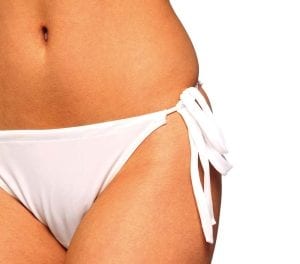Slowly, it appears, the world of glossy magazines is acknowledging that beautiful people are not all young and white.
An analysis published in the journal JAMA Dermatology finds that the composition of the annual World’s Most Beautiful list, published by the US People magazine has changed significantly – if not dramatically – over the past quarter century.
The study, led by Mayra Maymone, of the Boston University School of Medicine, used gender, age and skin colour to compare the 50 celebrities in the magazine’s 1990 list to the 135 that made the 2017 version, published in April.
Skin colour was graded according to the Fitzpatrick scale, a numerical classification system developed in 1975 that grades skin tone according to its estimated response to ultraviolet light. The scale ranges from level one – pale white – to level six – dark brown.
Maymone and her colleagues found that in 1990 88% of people the magazine deemed notably easy on the eye were in the Fitzpatrick levels one to three (topping out, thus, at “cream-white”) and just 12% had darker skins.
This year the balance had improved, if only a little, with 30% of the celebs falling into the three darker grades.
Gender balance swung heavily towards women, with men accounting for 48% in 1990 but falling to only 12% in the latest list.
The mean age of the celebrities crept up slightly, moving from 33.2 years in 1990 to 38.9 in 2017.
Beauty, however, whether male or female, continued to be interpreted as an unblemished and smooth state. Combining the lists, the researchers found that only five out of 185 people had any sort of “visible skin condition or lesion that marred the even distribution of texture and/or colour”.




